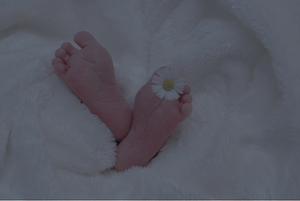3 women receive credit for start of Mother’s Day
The National Women’s History Project credits three women for the creation of Mother’s Day in America. According to the organization’s website, www.nwhp.org:
n Anna Jarvis, a young Appalachian homemaker, began organizing “Mother’s Work Days” in 1858 to improve sanitation and avert deaths from disease-bearing insects and seepage of polluted water.
n Julia Ward Howe, a Boston poet, pacifist and women’s suffragist established a special day for mothers and for peace in 1872, not long after the Franco-Prussian War.
n When Anna Jarvis died in 1905, her daughter, also named Anna (Marie), began a campaign to memorialize her mother’s lifelong activism that culminated in 1914 when Congress passed a Mother’s Day resolution.
The cause of world peace was the impetus for Howe’s establishment of a special day for mothers. Following unsuccessful efforts to pull together an international pacifist conference after the Franco-Prussian War, Howe began to think of a global appeal to women.
“While the war was still in progress,” she wrote, she keenly felt the “cruel and unnecessary character of the contest,” which she believed could have been settled without bloodshed. “Why do not the mothers of mankind interfere in these matters,” she wrote, “to prevent the waste of that human life of which they alone bear and know the cost?”
Howe’s version of Mother’s Day, which served as an occasion for advocating peace, was observed in Boston and elsewhere for several years, but eventually lost popularity and disappeared from public notice before World War I.
For the elder Anna Jarvis, also known as “Mother Jarvis,” community improvement by mothers was only a beginning. Throughout the Civil War she organized women’s brigades, asking her workers to do all they could without regard for which side their men had chosen.
In 1868, she took the initiative to heal the bitter rifts between her Confederate and Union neighbors.
The younger Anna Marie Jarvis was only 12 in 1878 when she listened to her mother teach a Sunday school lesson about mothers in the Bible. “I hope and pray that someone, sometime, will found a memorial mother’s day,” the senior Jarvis said. “There are many days for men, but none for mothers.”
Following her mother’s death, Anna Marie Jarvis embarked on a campaign. She poured out letters to men of prominence and enlisted considerable help from Philadelphia merchant John Wannamaker.
By May of 1907, a Mother’s Day service had been arranged on the second Sunday in May at the Methodist Church in Grafton, W.Va., where Mother Jarvis had taught. The custom spread. The governor of West Virginia proclaimed Mother’s Day in 1912; Pennsylvania did the same in 1913. The next year saw the Congressional resolution, which was signed by President Woodrow Wilson.












